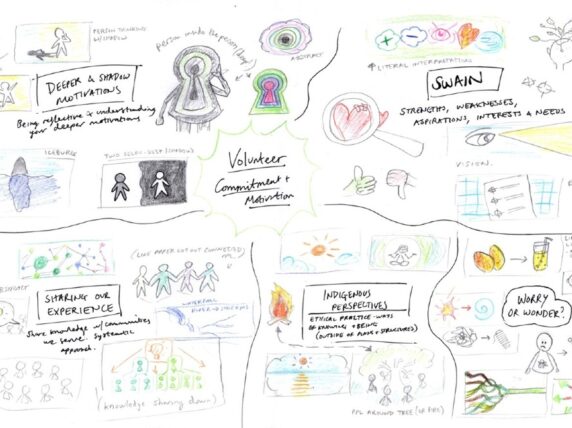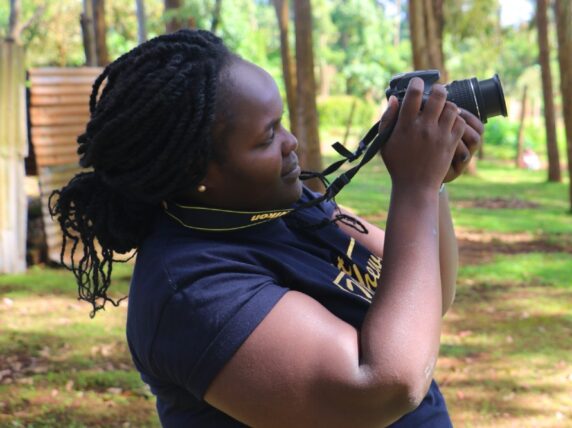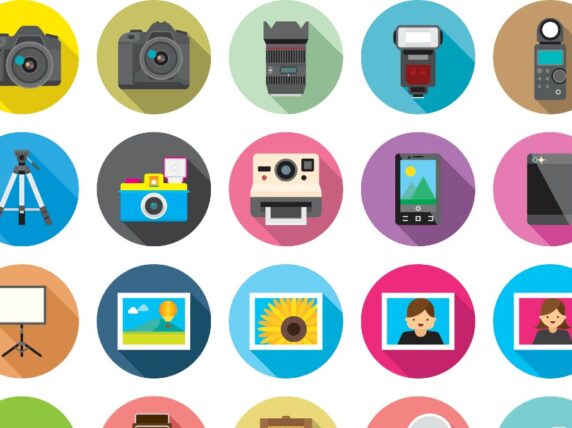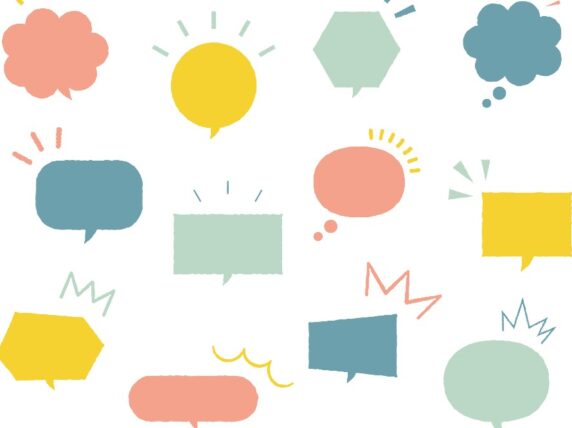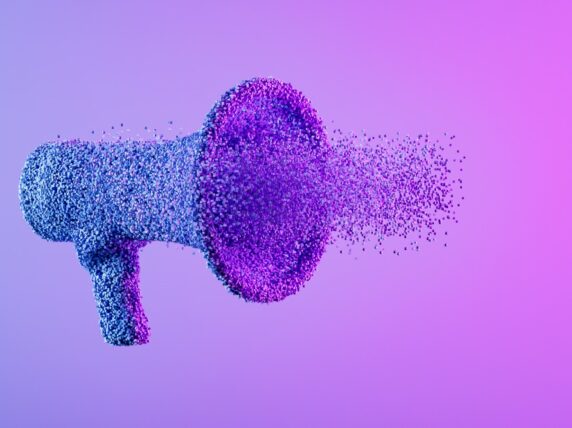With over 14 million people involved in formal volunteering and 61% charities struggling to recruit volunteers, what can a researcher do to make any meaningful difference to volunteer recruitment. Susannah Pickering-Saqqa introduces Volunteer, Reflect, Grow: Cards to inspire and sustain volunteering, which has been designed to help.
Earlier this week, the International Broadcasting Trust (IBT) hosted a discussion between journalists and charity directors with the aim of increasing media coverage of Sudan. IBT Director, Mark Galloway, gives his assessment of the challenge.
The process of collecting and sharing stories has often been unconsidered and unethical but, fortunately, the tide is turning and more charities are joining the conversation around ethical storytelling. Lucy Ndegwa and Hattie Rowan introduce the new Ethical Image Policy.
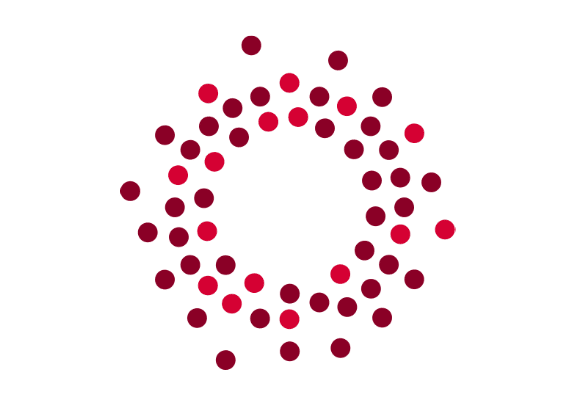 Guidelines
Guidelines
Updated guidance on the process of filming, photography and interviewing, as well as the selection and use of images and stories by NGOs.
Jess Crombie of the Bond Ethical Storytelling Group takes us through the updated People in the Pictures guidelines, taking us through why the group decided to refresh them, and what to expect from the new guide.
Taking a ‘high-touch’, high-tech, and human-centred approach to microfinance is helping to close the gap created by limited access to smartphones and internet connectivity, low digital literacy and mistrust in technology. And it is women and other underrepresented groups who are benefiting the most.
Development is not a laboratory, its participants are not subjects – so why does the term ‘field notes’ persist? Joseph Brammer of BRAC explores the subject.
Co-creation is essentially a process of story production which places sharing power as its north star. Jess Crombie tells us how it works, and what to prioritise to get the most out of your storytelling.
Unless we recognise the impact that the narratives we create can have, in both positive and negative ways, we will be unable to disrupt ingrained biases within the sector. New blog from Laura Rodwell of the Bond Communications Group and Afghanaid.

